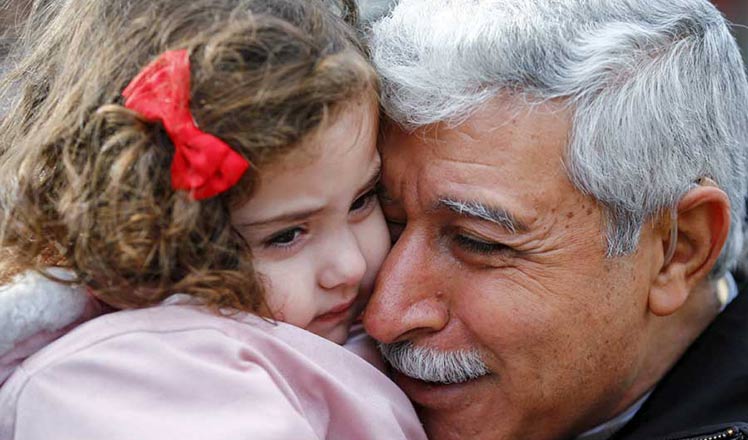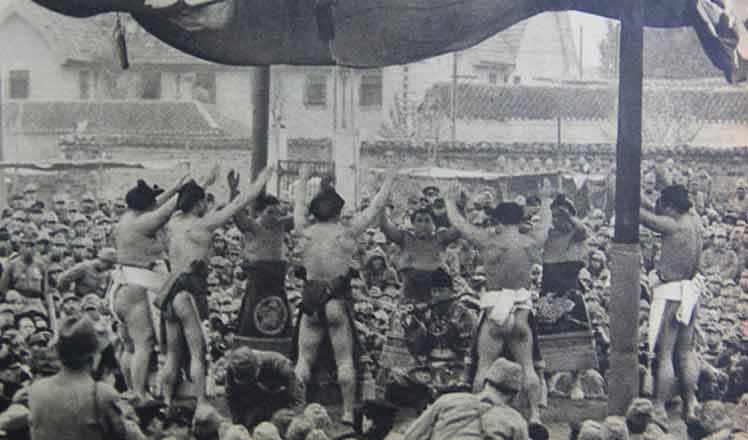Finding a lost city
Updated: 2015-12-15 08:10
By Wang Kaihao(China Daily)
|
||||||||
 |
|
An aerial view of the archaeological site of Taosi, which is thought to be the origin of Chinese civilization, in Linfen, Shanxi province. [Photo provided to China Daily] |
Spread across 2.8 square kilometers, in Shanxi province's Linfen city, the relics of Taosi, thought to be 4,300 years old, are presented in words and more than 500 photos in the voluminous report by the Chinese Academy of Social Sciences, the top government think-tank of its kind.
Taosi may have been Emperor Yao's capital that was abandoned around the 19th century BC.
While the first draft of the report was written in the early 1990s, data scrutiny and updating of the findings at the site continues.
Yao's rule is estimated to have started in 23rd century BC, with some of his legends figuring in Records of the Grand Historian, also known as "Shiji", a book from the first century BC. But little archaeological evidence of his rule had been found until excavations in Shanxi began in recent decades.
"The appearance of a city surrounded by high halls is symbolic of the birth of a civilization," says Bai Yunxiang, deputy director of the Institute of Archaeology, an affiliate of the Chinese Academy of Social Sciences.
"We've found other city relics in China that existed earlier than Taosi. However, none of them have the clear layouts and structures of palaces that Taosi has.
"Taosi is the earliest capital-level city ever unearthed in China," he tells China Daily.
- Fidel Castro congratulates Venezuelan leader despite setback
- Merkel refuses cap on number of refugees
- Russia warns Turkey over Aegean warship incident
- Macri sworn in as Argentina's new president, calls for unity, dialogue
- Deals with Azerbaijan to boost Silk Road plan
- Outlook for strong El Nino maintains in US

 Student volunteers wear qipao for World Internet Conference
Student volunteers wear qipao for World Internet Conference
 China marks Memorial Day for Nanjing Massacre victims
China marks Memorial Day for Nanjing Massacre victims
 Six major archaeological discoveries in 2015
Six major archaeological discoveries in 2015
 Border defense soldiers attend training in heavy snow in Xinjiang
Border defense soldiers attend training in heavy snow in Xinjiang
 The world in photos: Nov 7-13
The world in photos: Nov 7-13
 Wuzhen gets smart with Second World Internet Conference
Wuzhen gets smart with Second World Internet Conference
 Historical photos reveal how Japan celebrated Nanjing invasion
Historical photos reveal how Japan celebrated Nanjing invasion
 How firemen put out oil tanker blaze within two hours
How firemen put out oil tanker blaze within two hours
Most Viewed
Editor's Picks

|

|

|

|

|

|
Today's Top News
Shooting rampage at US social services agency leaves 14 dead
Chinese bargain hunters are changing the retail game
Chinese president arrives in Turkey for G20 summit
Islamic State claims responsibility for Paris attacks
Obama, Netanyahu at White House seek to mend US-Israel ties
China, not Canada, is top US trade partner
Tu first Chinese to win Nobel Prize in Medicine
Huntsman says Sino-US relationship needs common goals
US Weekly

|

|







